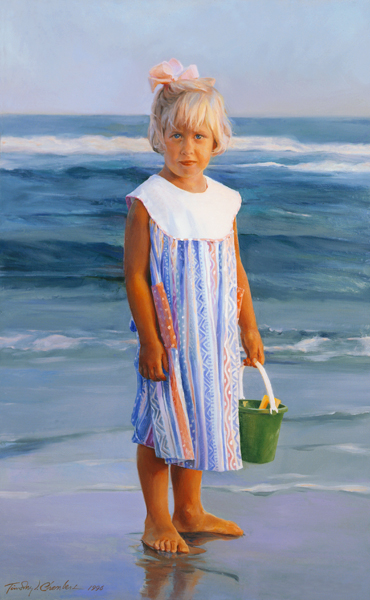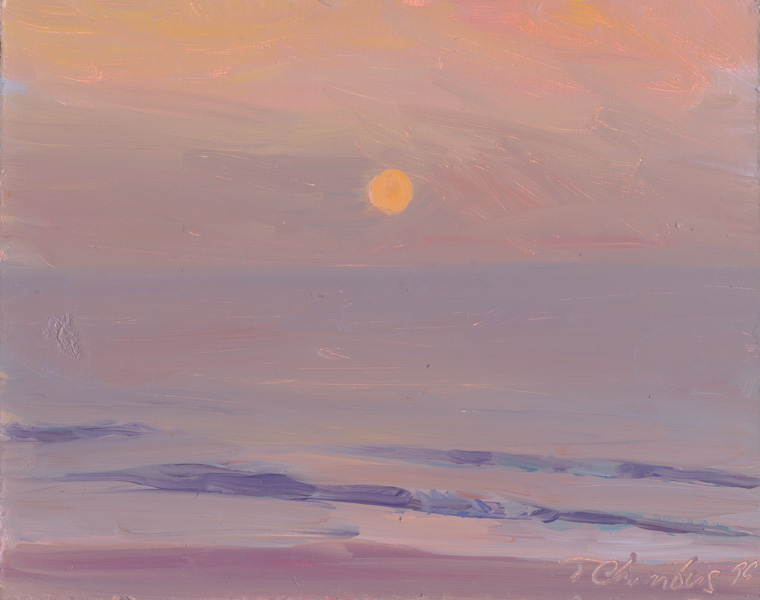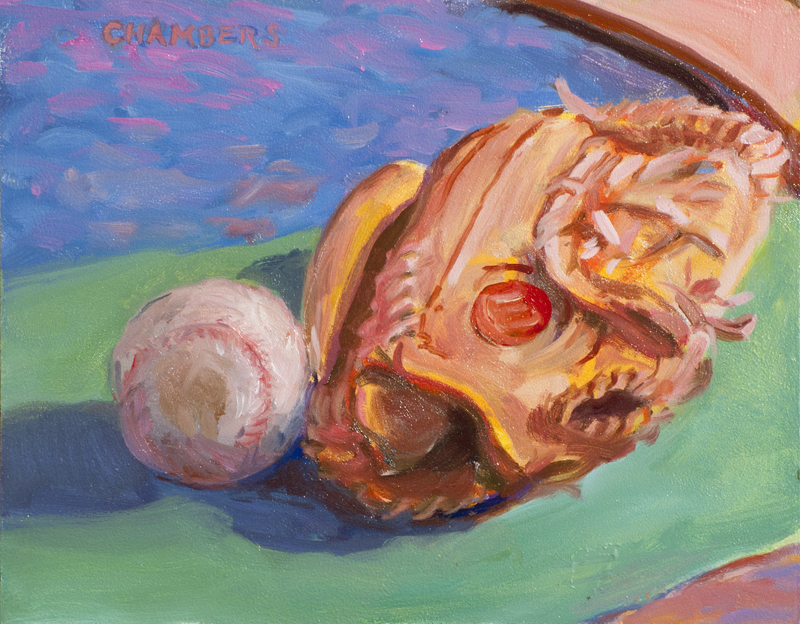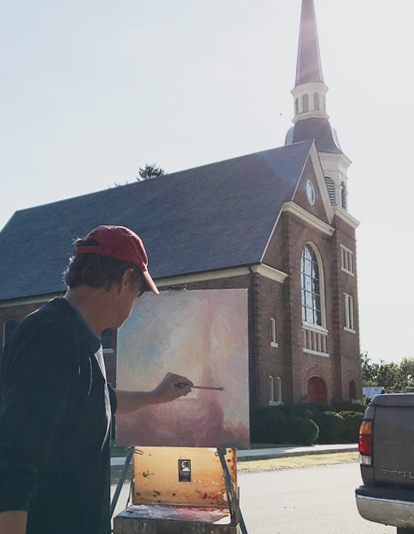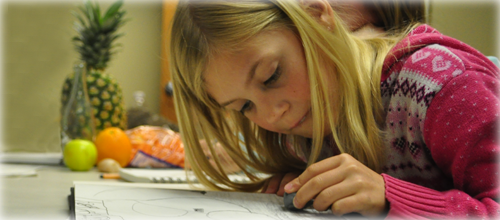Portrait Painting from Photos vs Life
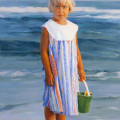 Portrait painting from photos? Photography is a wonderful thing. I love taking photographs, looking for an unusual angle, composition, or lighting. My wife and I always have our digital cameras nearby (she here pocket Canon and me my Nikon SLR) to capture “time in a bottle,” as Jim Croce so aptly put it. However, there ain’t nothin’ like a great painting painted from life by a good artist. Even the best photographs look staid compared to the best paintings. Go to any museum, and a room full of beautiful photographs is limited in its breadth compared to a room of masterpiece paintings. I’ve seen some amazing photographs (Ansel Adams, Robert Mapplethorpe, Anne Geddes, for example), and as inspiring as they were in content and technique, they still can’t compare to a room of paintings by artists such as Beaux, Sargent, or Velazquez.
Portrait painting from photos? Photography is a wonderful thing. I love taking photographs, looking for an unusual angle, composition, or lighting. My wife and I always have our digital cameras nearby (she here pocket Canon and me my Nikon SLR) to capture “time in a bottle,” as Jim Croce so aptly put it. However, there ain’t nothin’ like a great painting painted from life by a good artist. Even the best photographs look staid compared to the best paintings. Go to any museum, and a room full of beautiful photographs is limited in its breadth compared to a room of masterpiece paintings. I’ve seen some amazing photographs (Ansel Adams, Robert Mapplethorpe, Anne Geddes, for example), and as inspiring as they were in content and technique, they still can’t compare to a room of paintings by artists such as Beaux, Sargent, or Velazquez.
Having said this, I must work exclusively from life, right? I wish. In this age of instant-this and instant-that, few people will sit more than a few hours for a portrait. Too many things to do, places to be. I understand; I live wondering if I could buy a few extra minutes…perhaps QVC or maybe Costco has some time for sale?
I work from a combination of both life and photographs. I use my camera as a tool to provide the information I need, and nothing more. There are a plethora of portrait artists available today, and this is largely due to the fact that many can copy a photograph fairly well. Painting from life is something few artists can do with success. I was painstakingly trained to paint from life (not once did I refer to a photograph in my ten years of portrait and figure training), and there’s a world of difference between what our eyes can see and what the camera records. A world of difference.
For outdoor portraits, I always complete a small color study to accompany my reference photographs. This allows me to capture the nuances of color via my study, and note the structure from the photographs. My years of experience enable me to select only the info I need from the photographs rather than merely copy what the camera has recorded (without subjectivity, mind you). Cameras, whether film or digital, simply are unable to capture the incredible range of light and color we see. For example, if you have brown hair, ever notice how in photographs it can look black in shadow? In life this doesn’t happen; it has a color, but doesn’t go to black. Same with light: in photographs, when a color gets too light, it gets rendered as white. In life, we see the true hue and brightness of the color without compromise.
So, if you want a simple copy, a recording of a moment in time, take a photograph. If you’re looking for an artist’s impression, a story, a conversation, a work of art for your portrait, then find the right portrait painter. And I’ll be happy to oblige!
Tim

